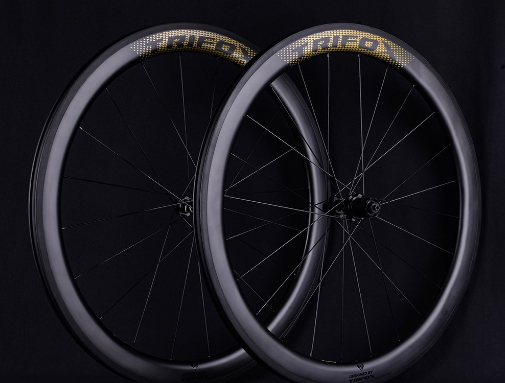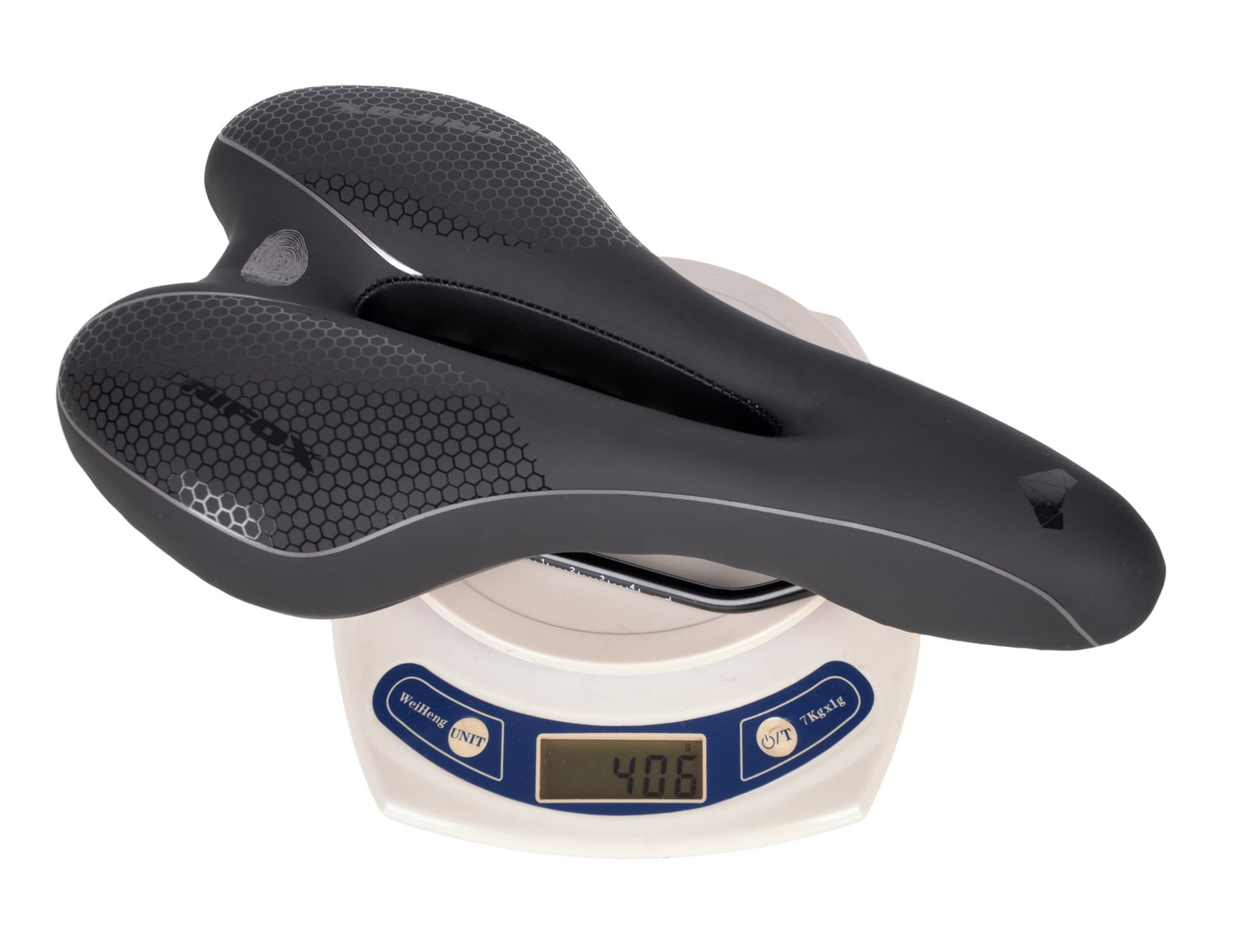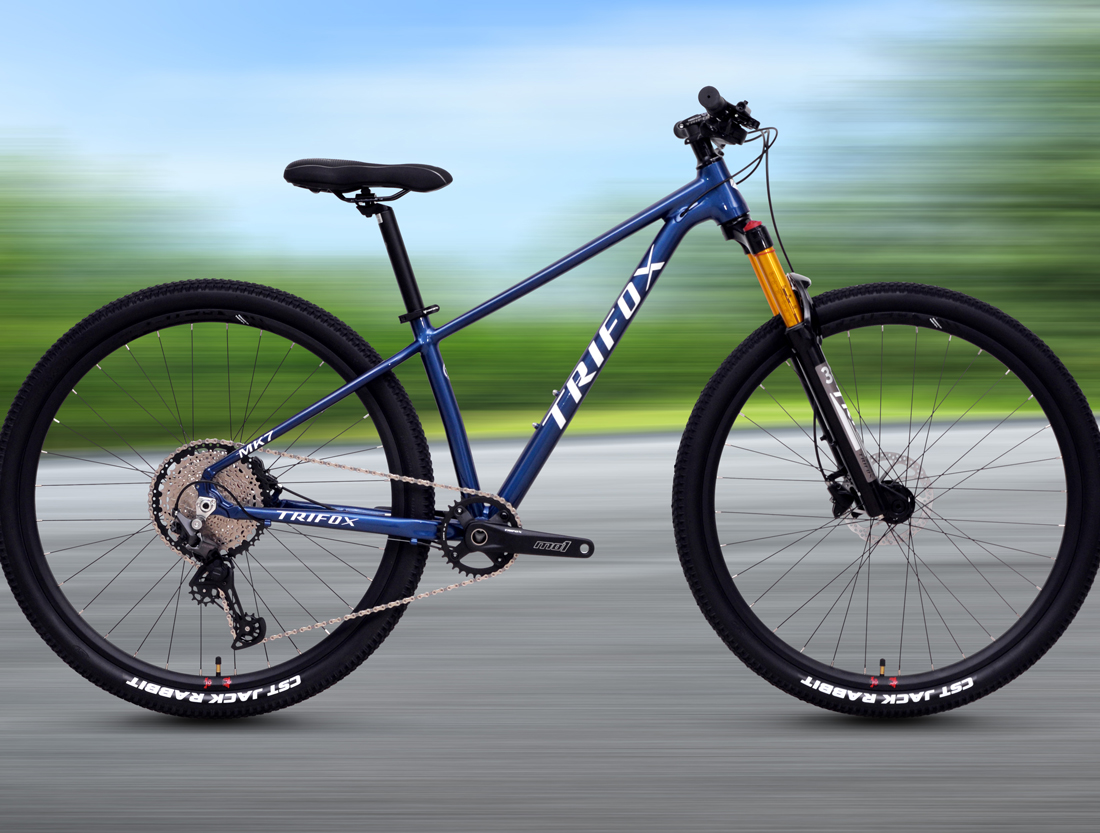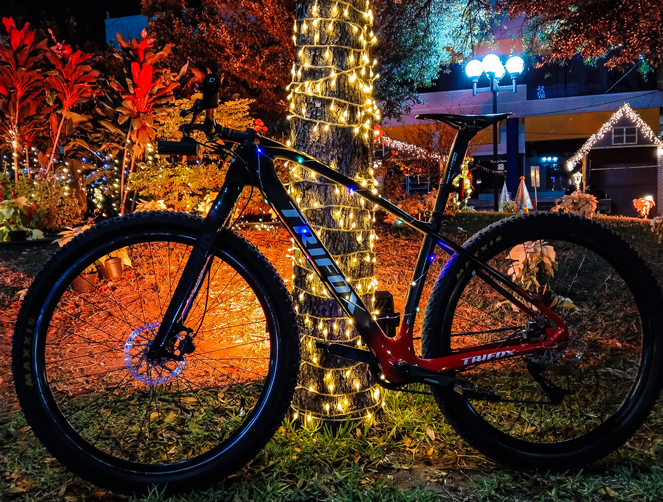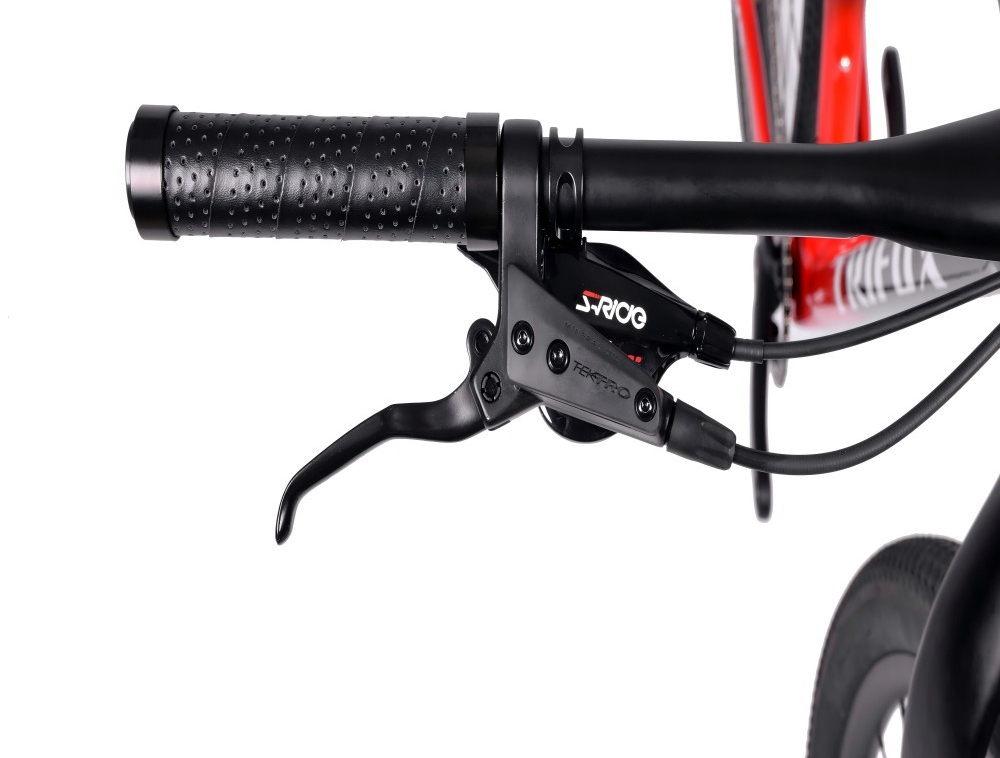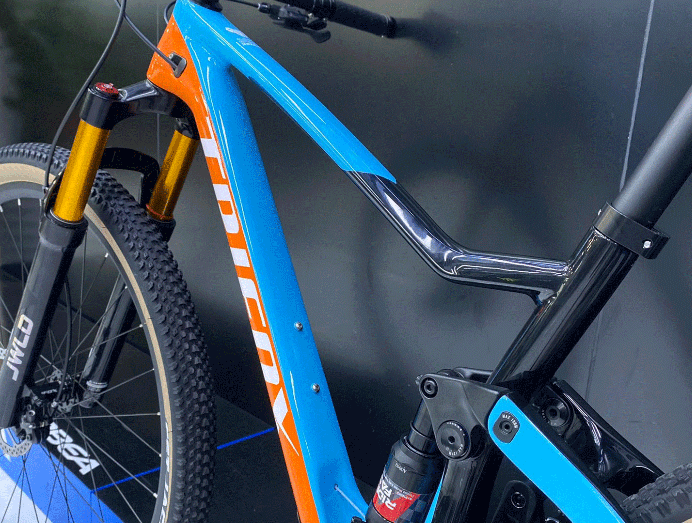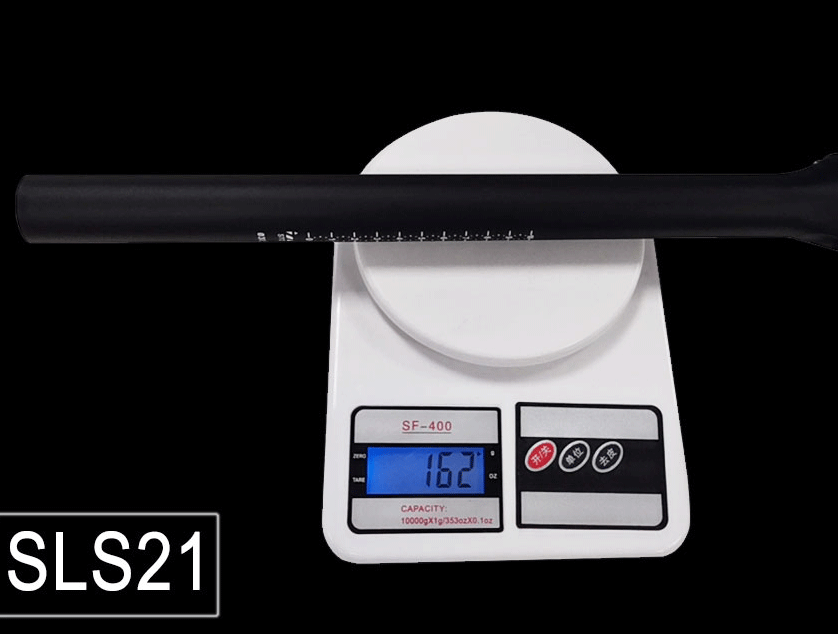Matching your bike frame with the right rim brakes is essential for achieving better control and a safer ride. Rim brakes are a popular choice for road bikes due to their lightweight design and effective braking performance. Here’s how to ensure your bike frame and rim brakes work seamlessly together for optimal control.
First, consider the compatibility of your bike frame with rim brakes. Not all frames are designed to accommodate rim brakes, especially modern models that may favor disc brakes. Check the manufacturer’s specifications to ensure your frame has the necessary mounts and clearances for rim brakes. This includes confirming the placement and type of brake bosses on the frame and fork.
Next, evaluate the brake calipers. Rim brakes typically come in two main types: caliper brakes and cantilever brakes. Caliper brakes are common on road bikes, offering direct pull and consistent braking power. Ensure the reach of the caliper brakes matches the distance from the brake mounts to the rim. Cantilever brakes, often found on cyclocross and touring bikes, provide more clearance for wider tires and are ideal for mixed terrain.
The wheel size and tire width are also crucial factors. Rim brakes need to align perfectly with the braking surface on the rim. For instance, 700c wheels are standard on road bikes, and the brake pads should make full contact with the rim for maximum braking efficiency. Wider tires might require longer-reach brakes to fit properly within the frame and fork.
Consider the material of your rims as well. Alloy rims are commonly used with rim brakes because they offer a solid braking surface and good heat dissipation. Carbon rims can also be used but often require specific brake pads to avoid overheating and ensure reliable performance. Matching the brake pads to the rim material is critical for consistent braking power and longevity.
Pay attention to the brake levers and cables. High-quality brake levers and well-maintained cables ensure smooth operation and responsive braking. Make sure the brake levers are compatible with your brake calipers. Regularly check and replace worn cables to maintain optimal performance.
Lastly, fine-tuning and regular maintenance are key. Properly adjusting the brake pads to sit parallel to the rim and ensuring even pad wear can significantly improve control. Regularly inspect and replace brake pads as needed to maintain effective braking.
In conclusion, matching your bike frame with the right rim brakes involves considering frame compatibility, brake type, wheel size, rim material, and brake components. By paying attention to these details, you can achieve better control and a safer ride. For high-quality rim brakes and bike frames, explore trusted brands and components.
